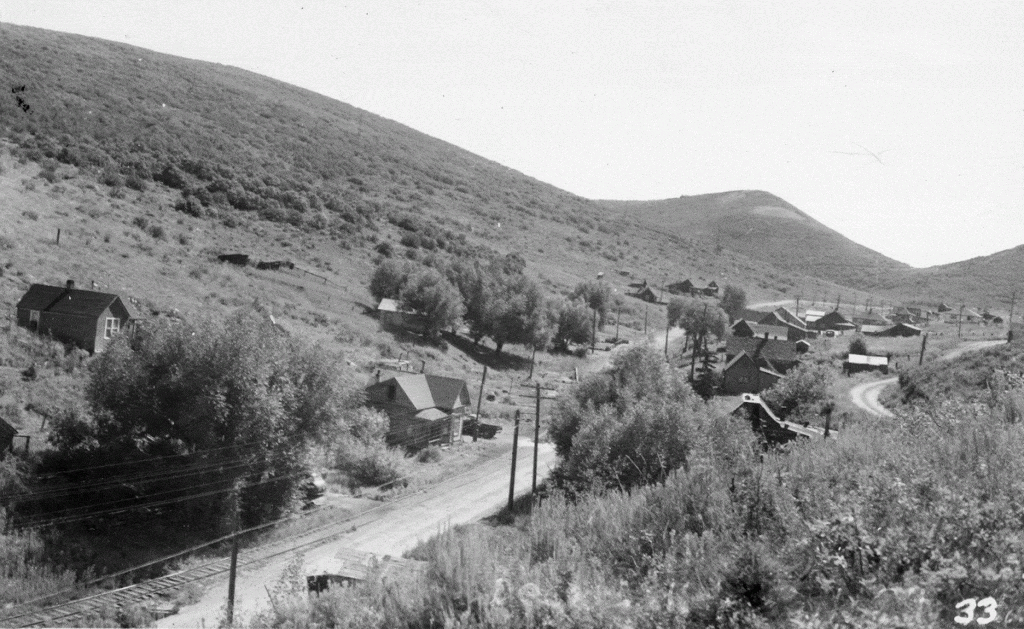Park Record readers, welcome back to a series of articles discussing the history of Deer Valley. The first article, published earlier this fall, reviewed the “theories” regarding the naming of Deer Valley; the second, a follow-up, examined the history of Lake Flat, known today as Silver Lake or “upper” Deer Valley.
We will now turn our attention to “lower” Deer Valley. There were six “distinct” areas, each with their own names and histories. One must consider that today’s topography bears little resemblance to pre-1981. This will become evident in our explorations.
“The other side of the tracks” is often a term used to describe a “sketchy” neighborhood. Its origin dates to when locomotives burned coal. The exhaust contained a high concentration of cinders which were blown by the prevailing winds to “the other side of the tracks,” coating everything in its path – not a desirable place to live.
Consider today’s roundabout as the starting point for Deer Valley. The demarcation between Park City and Deer Valley was the Denver and Rio Grande railroad tracks, Heber Ave (today’s Deer Valley Drive), and Poison Ditch.
The Denver and Rio Grande served the Park City Consolidated Mine (Park Con) which was located where the Saint Regis funicular operates today. Tracks loops around Rossie Hill. This spur – known as the “High Line” – served the Judge and Ontario loading stations.
Thus, Deer Valley was literally on “the other side of the tracks.” But why the unfavorable reputation? This resulted from Park City’s Red Light District clustered at the bottom of Heber Avenue.

Credit: Park City Historical Society and Museum, Kendall Webb Collection
One of the more popular establishments was Bessie Wheeler’s house. A “red light” on the front porch confirmed when Bessie’s was open for business. This same light was also an invitation for mischievous youths. Some would throw pebbles at the windows in an attempt to disrupt amorous activities. Others tried to steal the red light, though it was too hot to touch with one’s bare hands. Some solved this problem by using gloves. Thereafter the light was protected by a wire screen.
Bessie’s brothel, along with others in Park City, was raided in April 1955 by the state police in cooperation with Summit County officials. Local law enforcement and city officials were not informed in advance of the raid. Their sympathies to the local business owners – illegal or not – were well known. On the practical side, the monthly fines imposed by the city on operations provided an important source of income at a time when money was scarce. On the personal side, Park City was a close knit community in which everyone looked out for one another – regardless of which “side of the tracks” you lived or worked on.
The next article will explore the history of today’s Deer Valley Plaza. My appreciation goes out to Gary Kimball, Steve Leatham, Keith Droste, and Jim Hewitson for their support with this series.